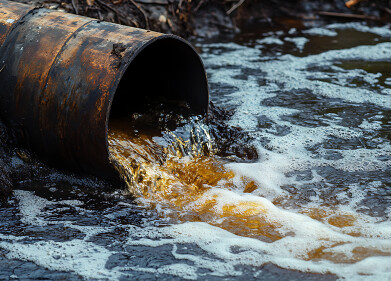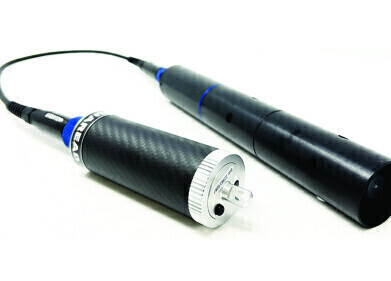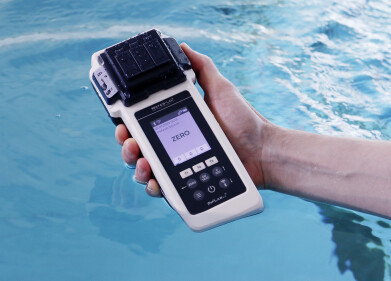Water/Wastewater
Precise and Reliable Measurements of Chlorine in Water
Feb 18 2008
Chlorine Monitor is capable of accurately measuring residual chlorine
even in wastewater using a unique non contact sensing technique
that provides significant advantages over traditional systems. Total chlorine measurements are essential in order to ensure safe levels of chlorine in water effluents, as excessive chlorine levels can be highly toxic and cause significant damage to river habitats.
The chlorination of potable water, wastewater effluents and cooling water is widely used throughout the world to control biological
activity in water.Wastewater disinfection helps to ensure that receiving
streams are safe for recreational use, and cooling water chlorination
reduces biofouling that can degrade heat transfer efficiency.
In addition to these common uses, there are several applications
where chlorine addition helps to reduce biological contamination.
Residual chlorine is found inmany chemical forms in water systems and
can contain mixtures of free chlorine, combined chlorine and
organochlorine species.
Measurement of residual chlorine can be relatively difficult where a variety of chlorine forms exist, and a measurement of total residual chlorine is often required in these applications.
Total chlorine in water has historically been measured by causing a reaction between the chlorine in a water sample and a quantity of potassium iodide. All of the various chlorine compounds react with the iodide to release an equivalent amount of iodine, and the released
iodine can then be measured using a wide range of methods. Many on-line monitors for total residual chlorine use the iodometric method for measurement, often measuring current between two exposed electrodes to determine the iodine concentration.
ATI’s A15/79 Total Chlorine Monitor uses the iodometric method but with a membraned gas sensor rather than exposed electrodes formeasuring the released iodine. This gas phase sensing method ensures that the iodine measurement is taken without contact between sample and electrodes, eliminating the potential for sensor fouling. This promotes longevity of the sensor which is protected from the contamination to which other sensors are prone and provides better stability.
The A15/79monitor is an on-line automated chemistry systemthat provides the components necessary to perform total residual chlorine measurement. The Total Chlorine monitors consist of three separate components: a chemistry module; an inlet flow assembly where raw sample
is delivered to the system; and an electronic readout containing the chlorine concentration display, analog output, and alarm contacts. Readout modules are available in either wall mount NEMA 4X or general purpose panel mount versions.
The ATI A15/79 monitor has a wide range of applications in the treatment of industrial trade effluents, cooling water and potable water.
Digital Edition
AET 28.4 Oct/Nov 2024
November 2024
Gas Detection - Go from lagging to leading: why investment in gas detection makes sense Air Monitoring - Swirl and vortex meters will aid green hydrogen production - Beyond the Stack: Emi...
View all digital editions
Events
Nov 26 2024 Paris, France
Nov 27 2024 Istanbul, Turkey
H2O Accadueo International Water Exhibition
Nov 27 2024 Bari, Italy
Biogas Convention & Trade Fair 2024
Nov 27 2024 Hanover, Germany
Dec 02 2024 London, UK







.jpg)











